Cienfuegos
22:07.22N 80:27.19W
Cienfuegos is a beautiful quiet city with very
little traffic. The normal mode of transport appears to be horse-drawn taxis.
The main shopping street was pedestrianised but that’s where the
similarity to Oxford Street
ended. The various shops appeared to sell anything that they could get hold
off. It was not unusual to see bicycle tires for sale alongside lingerie, and
rum – always rum, the only thing that is very definitely not in short
supply. The town is centred upon the lovely Parque Jose Marti (as we were to
discover there are more statues, street, park and plazas names in honour of
Jose Marti than any one else by a long chalk). After a short time in Cuba
we realised that if you see a queue find out why. This saved us in our search
fro bread when we came across a queue outside a back-street bakery. The bread
would be available in ten minutes – worth waiting. Cuban bread consists mostly
of air, but it is very cheap and there is no alternative.

Cadet
sailing in Cienfuegos
That
evening in Cienfuego we cat in a small garden watching the most uncuban-looking
14-piece brass jazz band. It took us an hour to realise that it was a touring Norwegian
band! They were very good, which is just as well because it was freezing
sitting outside.
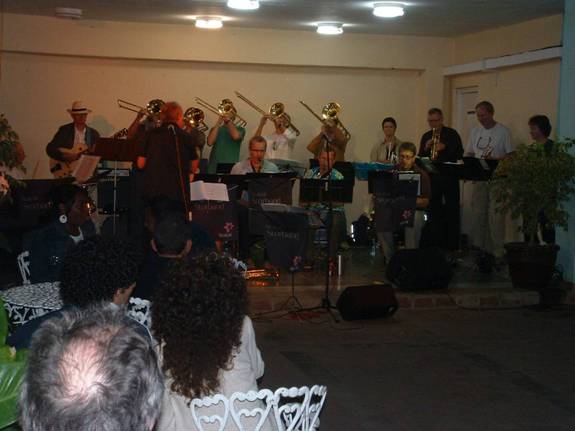
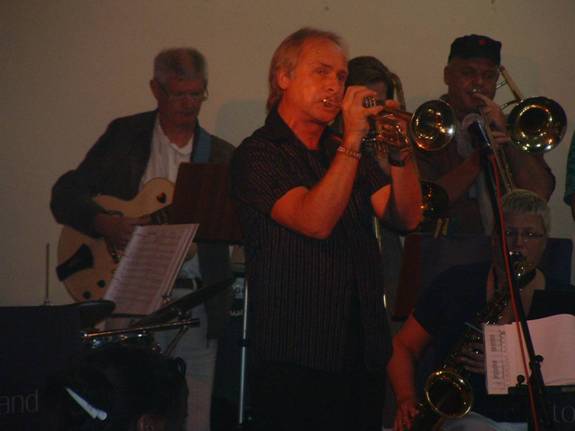
The touring Norwegian brass jazz band, Cienfuegos
Next
day and off to Havana,
by 4-hour bus ride. This was not a bus for the locals, but the ‘Via Azul’,
air-conditioned luxury only available to tourists or ‘rich’ Cubans.
The interior was rather dull, subsistence agriculture, tiny villages and then a
three-lane highway, (built by the Russians, but not completed so it ends in the
middle of nowhere) with no traffic!
The
first job in Havana
was to find a hotel. We went to the travel company Cubatur, who promptly
assured us that all hotels in Havana
were full as there as an international book congress. After a lot of searching
they found us rooms in a somewhat utilitarian, but nun-the-less clean and
comfortable, hotel in the suburbs. It was the first time we had slept ashore
for over three months! Dinner that night was at a Cuban restaurant, recommended
by our taxi-driver. The food was good and the waitresses stupendous, dressed in
what appeared to be negligees and cowboy hats. I loved it but I’m not
sure the girls were so taken.
Next
day was sightseeing. Starting with the old town, parts of which have been
beautifully restored, but the majority of buildings and streets are still a
decaying mess of what once must have been a beautiful city. Havana is a mad,
bustling city of contrasts – wonderful buildings looking little better
than slums, elegant hotels of another era now fading from their glory, works of
street-art and galleries everywhere, an extraordinary collection of museums (my
favourite was dedicated to the Revolution and Cuba’s struggle over the
past 50 years), wonderful cafes in which to sit and watch the world go by,
50-year old American cars (hundreds of them both taxis and private) and
beaten-up Ladas (hundreds of them both taxis and private), and every character
imaginable going about their business. True street theatre – so please
come and see it; I have never experienced anything quite like it, but
don’t go anywhere without a roll of toilet paper!
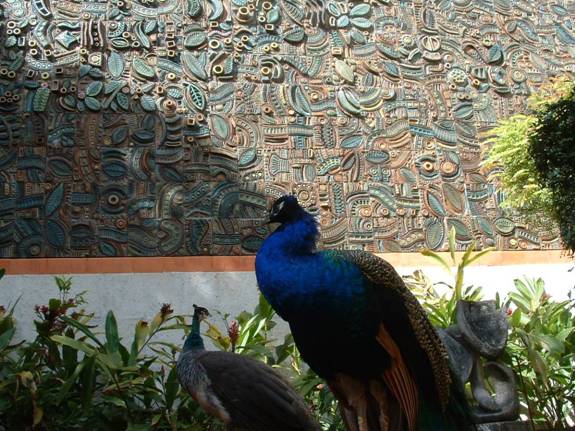
Havana – the peacock is
alive
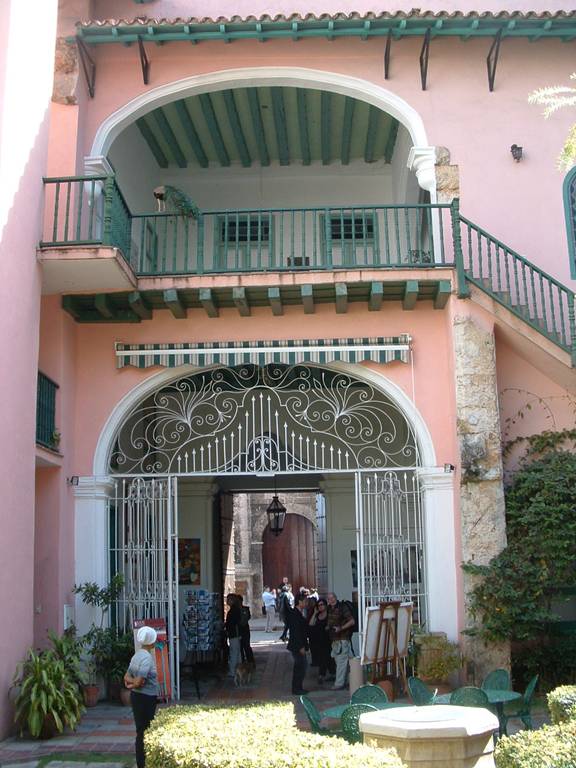
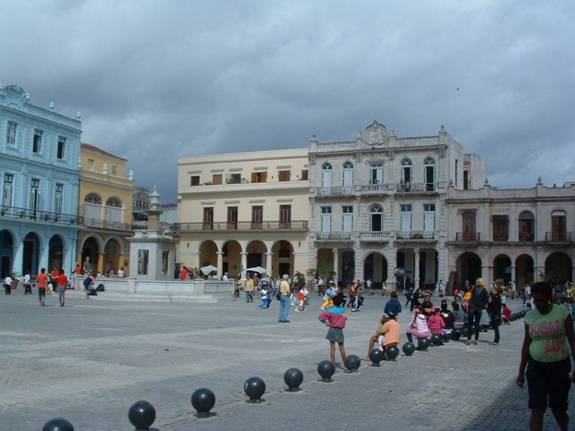
Plaza Vieja, Havana – beautifully restored by UNESCO
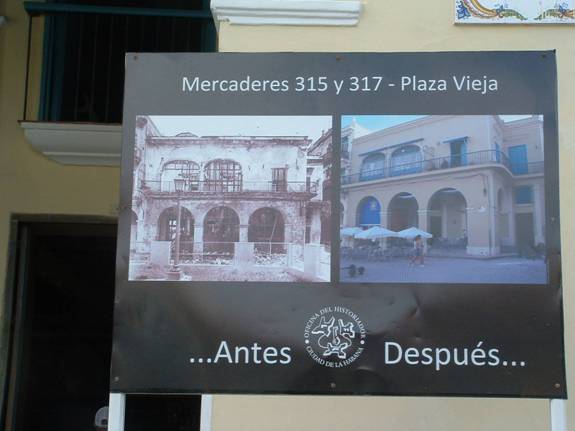
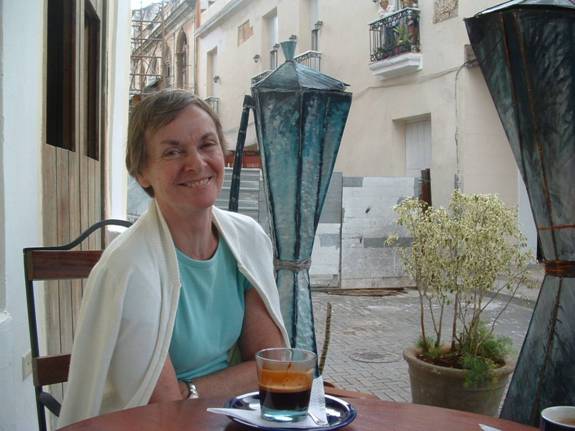
Wendy at our favourite cafe

And Lucy too

Chinese New Year – Havana
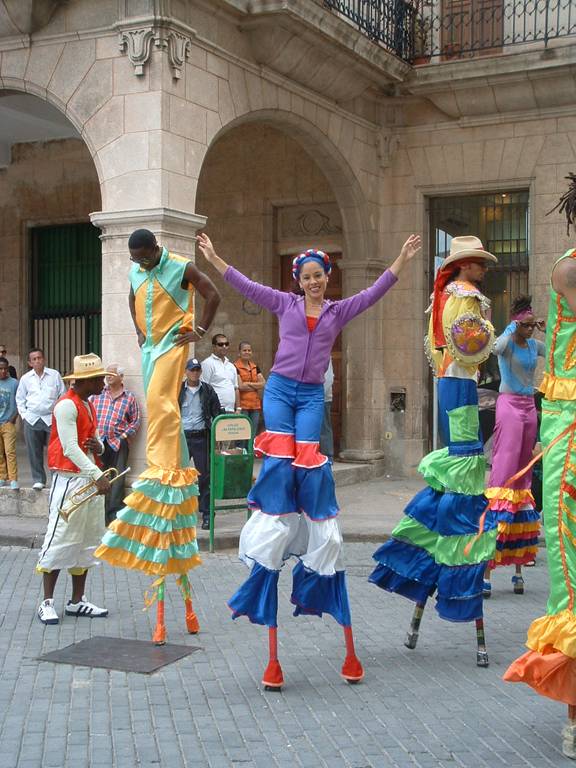
Street theatre
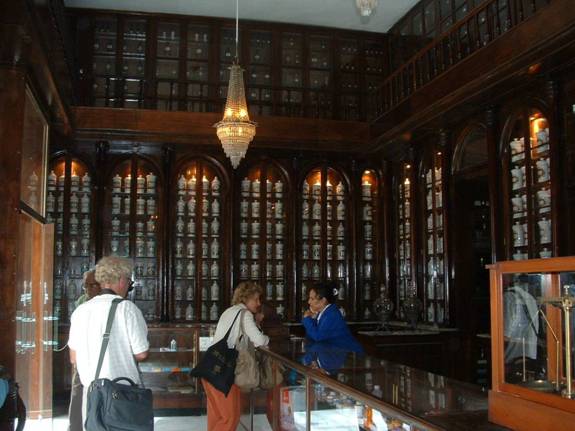
Old pharmacy – Havana
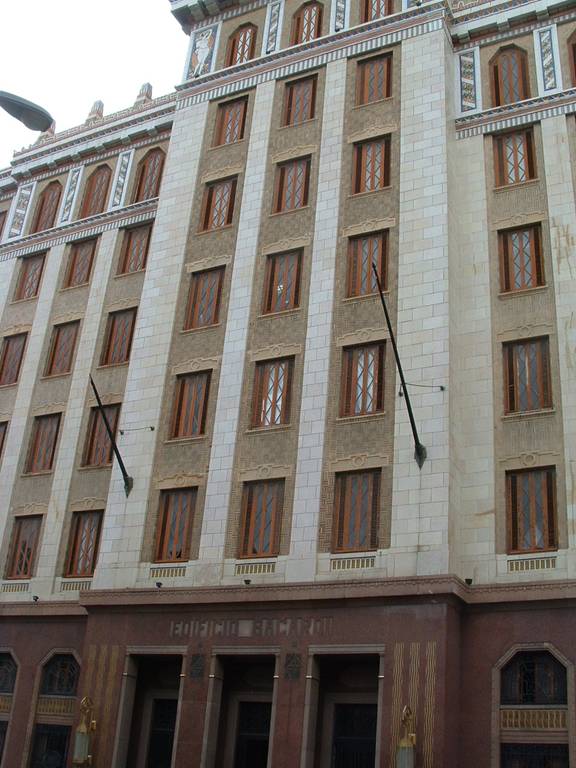
Art Deco – Havana


Governor’s residence. Now Museum of the City - Havana
Highlights
included drinking daiquiris in the Floridita bar, where they were invented and
Ernest Hemingway’s favourite hang-out; second-hand book stalls (there are
clearly no new books in Cuba); street performers including stilt-walkers and
dragon-dancers; wonderful coffee; extraordinary people who will queue for
anything worthwhile.
Having
said that, Havana is also noisy, smelly and very
tiring and after 3 days in was a joy to return to the peace of Cienfuegos and back on
board our boat.
Cuba may be poor financially and in terms of
services and infra-structure – and food, but so rich in culture, art and
music, and the huge, friendly and generous spirit of the people make up for any
deficiencies. Its hard work, but worth the effort.
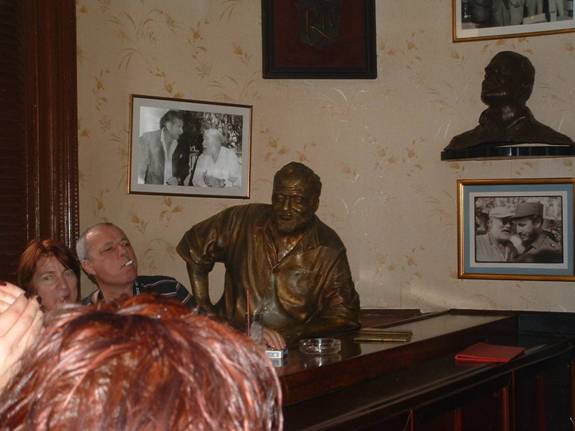
Ernest Hemingway, still propping up the bar at Floriditas
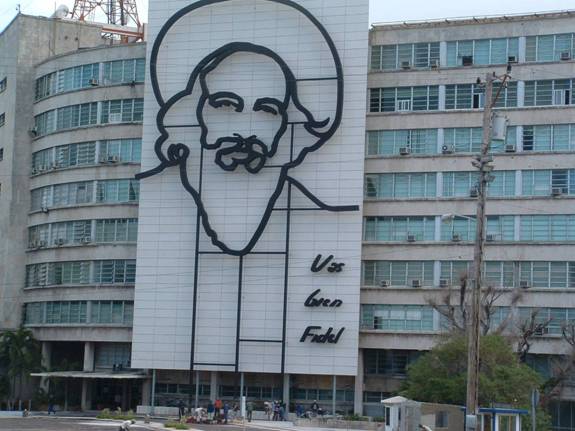
The revolution and its heroes are never far away
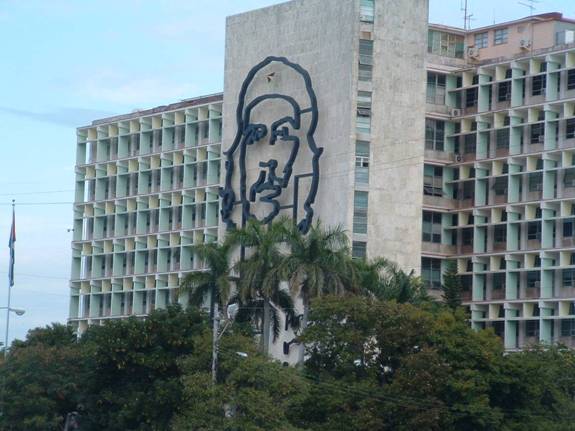

The ever-present Jose Marti

Back to the country – Cienfuegos




















